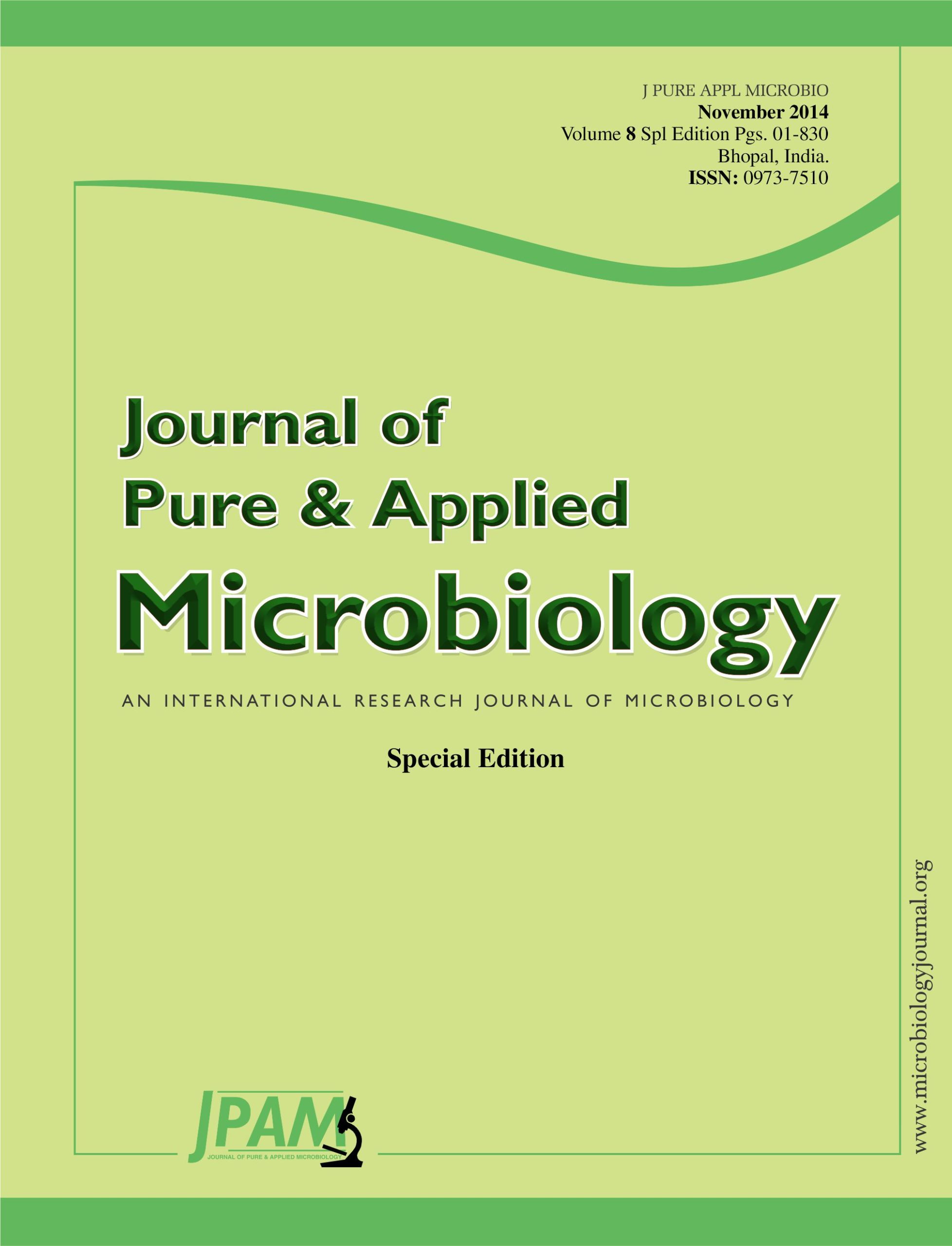This investigation was conducted at a greenhouse in the Nursery of Timber Trees Research Department of Sabahia, Horticultural Research Station in Alexandria Egypt, during 18 months, to study the effects of sewage effluent (primary and secondary) on the growth and chemical composition of Taxodium distichum seedlings as well as on soil properties for three periods 6, 12 and 18 months. Primary and secondary treated wastewater were taken from oxidation ponds of New Borg El-Arab city and tap water was used as a control treatment. The primary effluent treatment gave the highest significant values of plant height, stem diameter, leaf area fresh and dry weights of leaves, shoots and roots and shoot/root ratio comparing to the other treatments. Higher significant concentration of N, P, K, Cd, Ni, Pb and Fe in different plant parts resulted from the primary effluent treatment during the three periods of irrigation. Also chemical properties were affected by using different water quality in irrigation under bald cypress plantation. It was found that the concentration of heavy metals in either plant or soil was under the world recommended levels through the irrigation periods. Therefore, it can be used primary sewage effluent in watering of bald cypress seedlings, because it is considered a natural conditioner for the soil through out its organic matter and nutrients. Also, bald cypress could be planted in soil polluted with heavy metals that tested in this study under examined levels without hazardous on human and animals.
Sewage effluent, Vegetative growth, heavy metals, Taxodium distichum
© The Author(s) 2014. Open Access. This article is distributed under the terms of the Creative Commons Attribution 4.0 International License which permits unrestricted use, sharing, distribution, and reproduction in any medium, provided you give appropriate credit to the original author(s) and the source, provide a link to the Creative Commons license, and indicate if changes were made.


